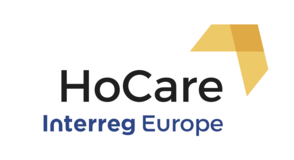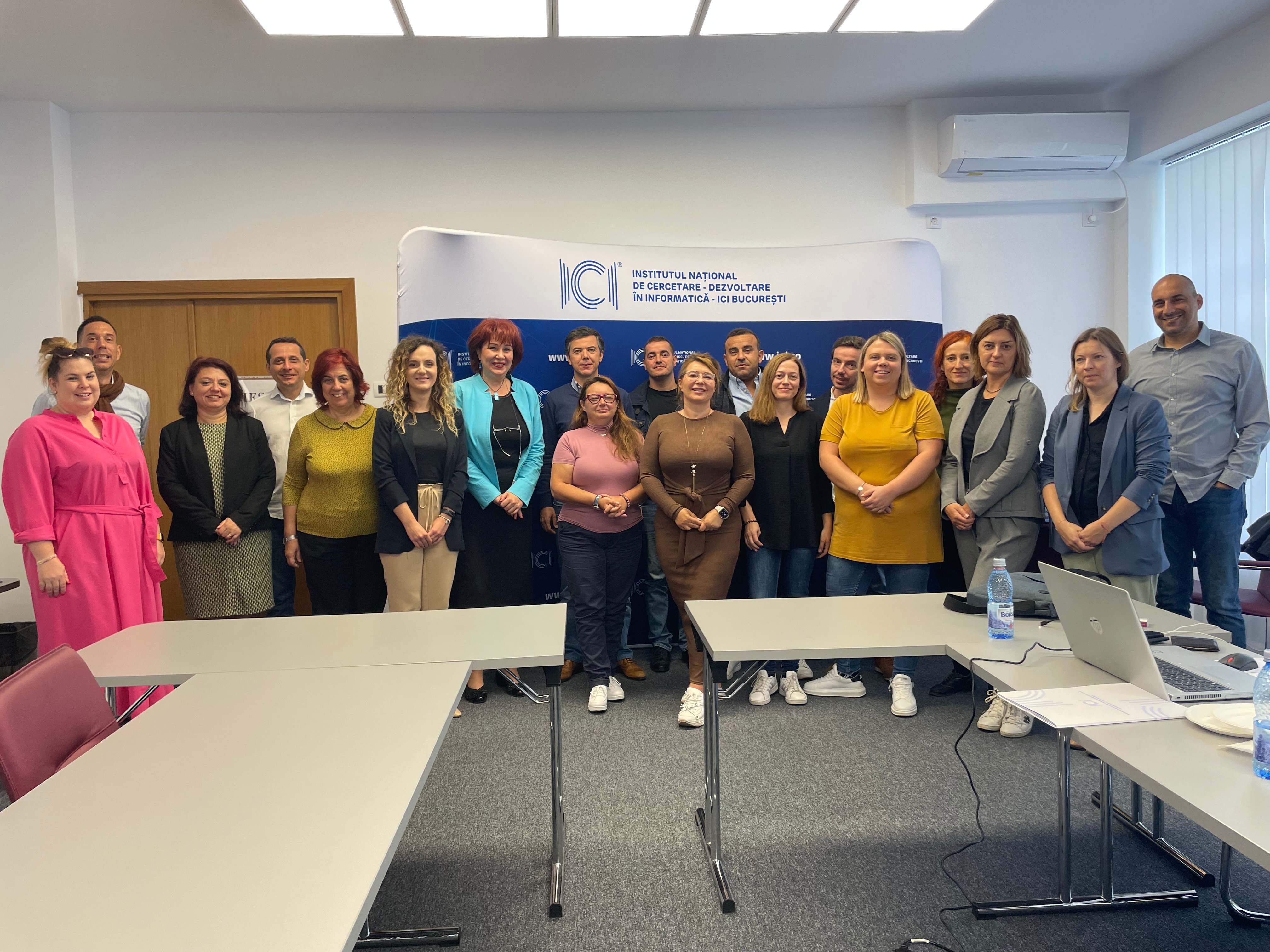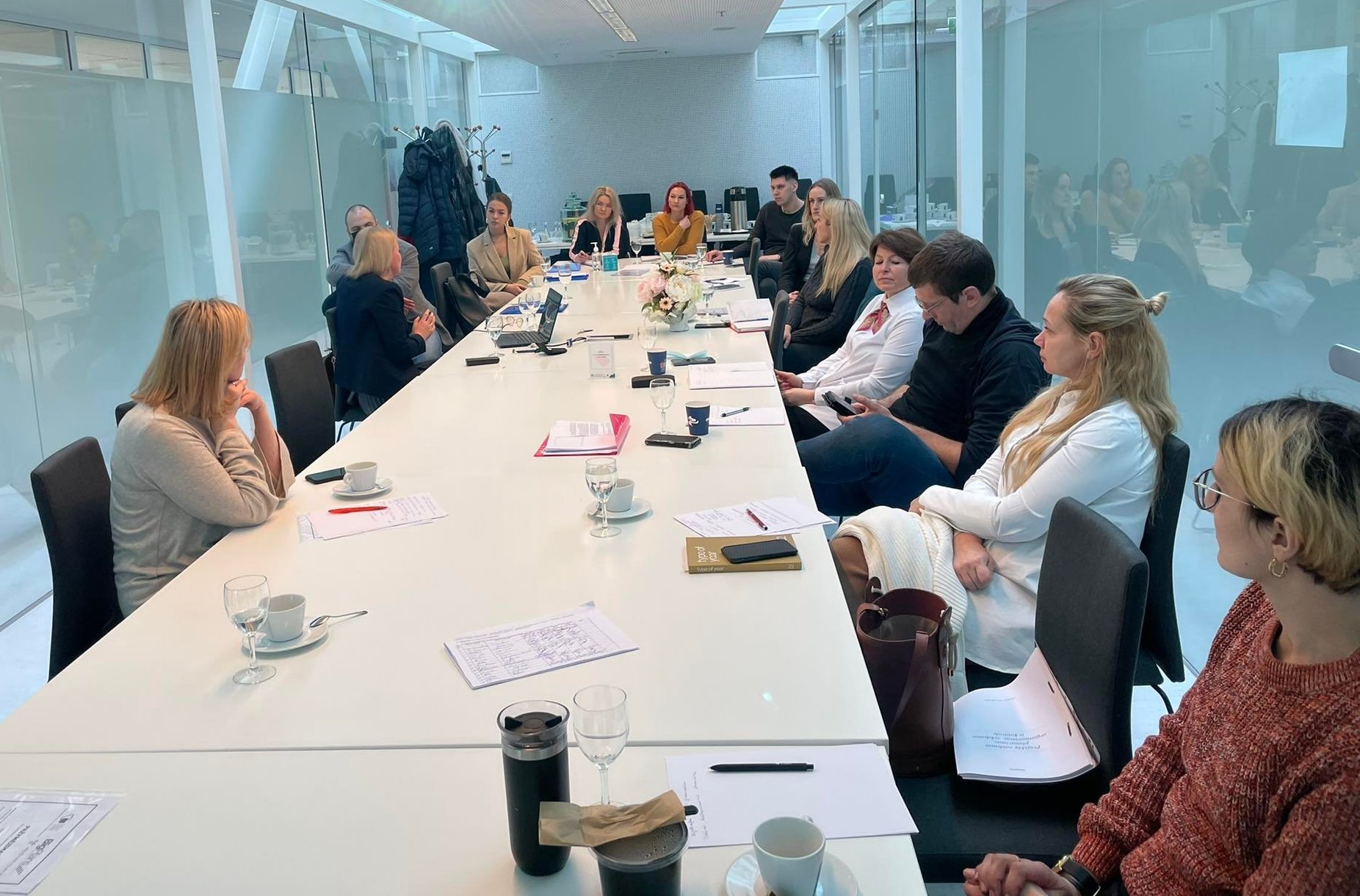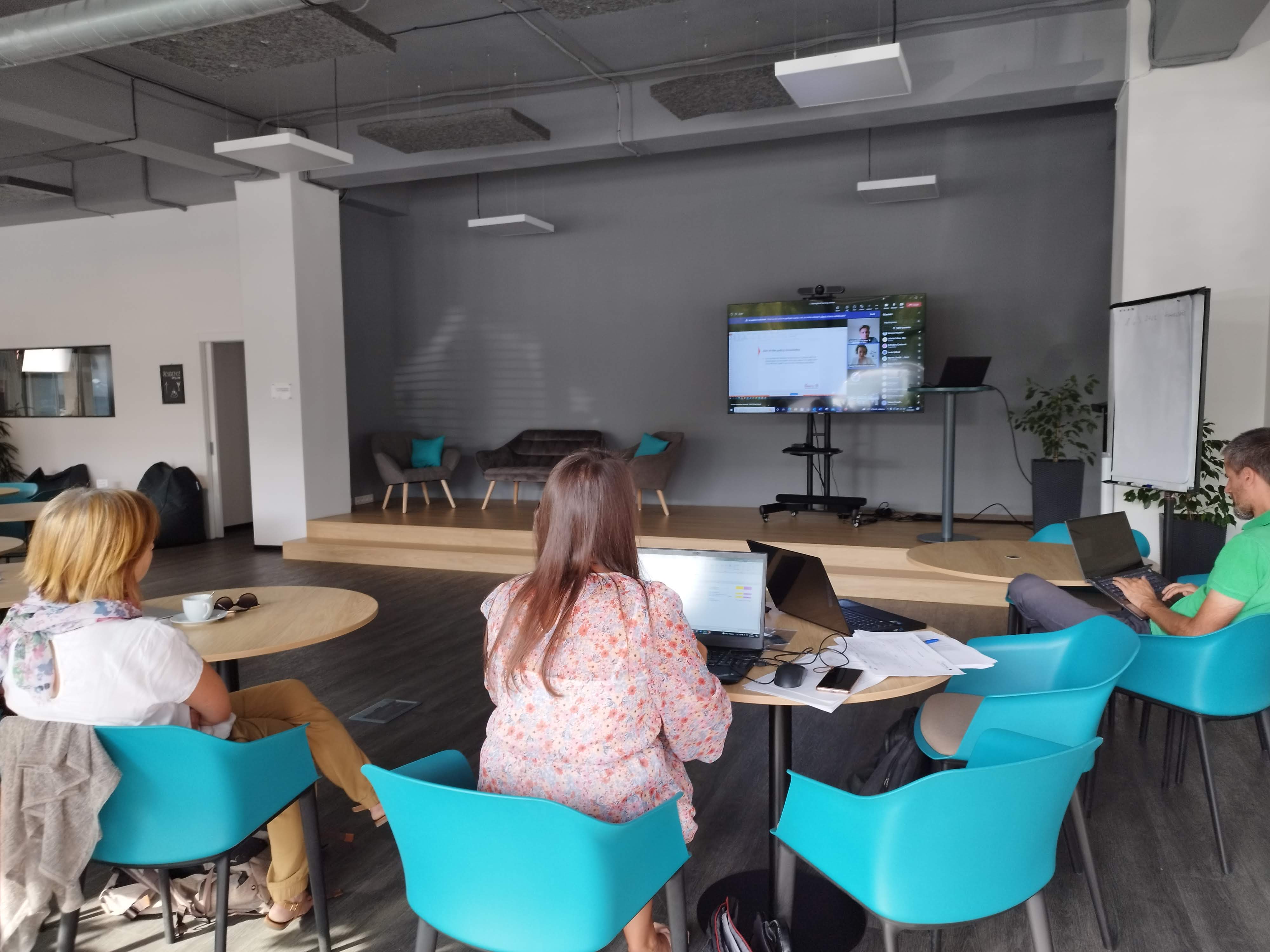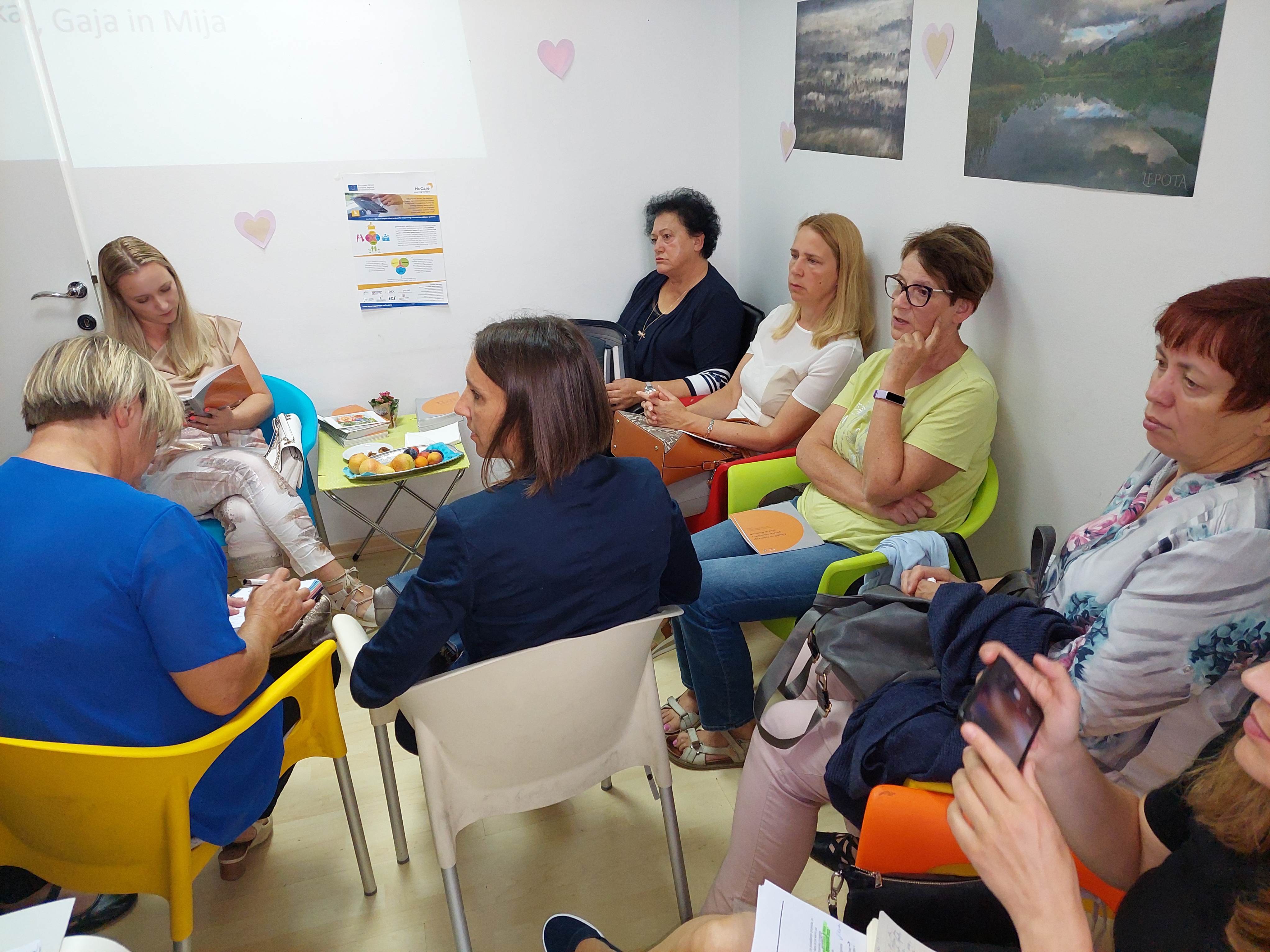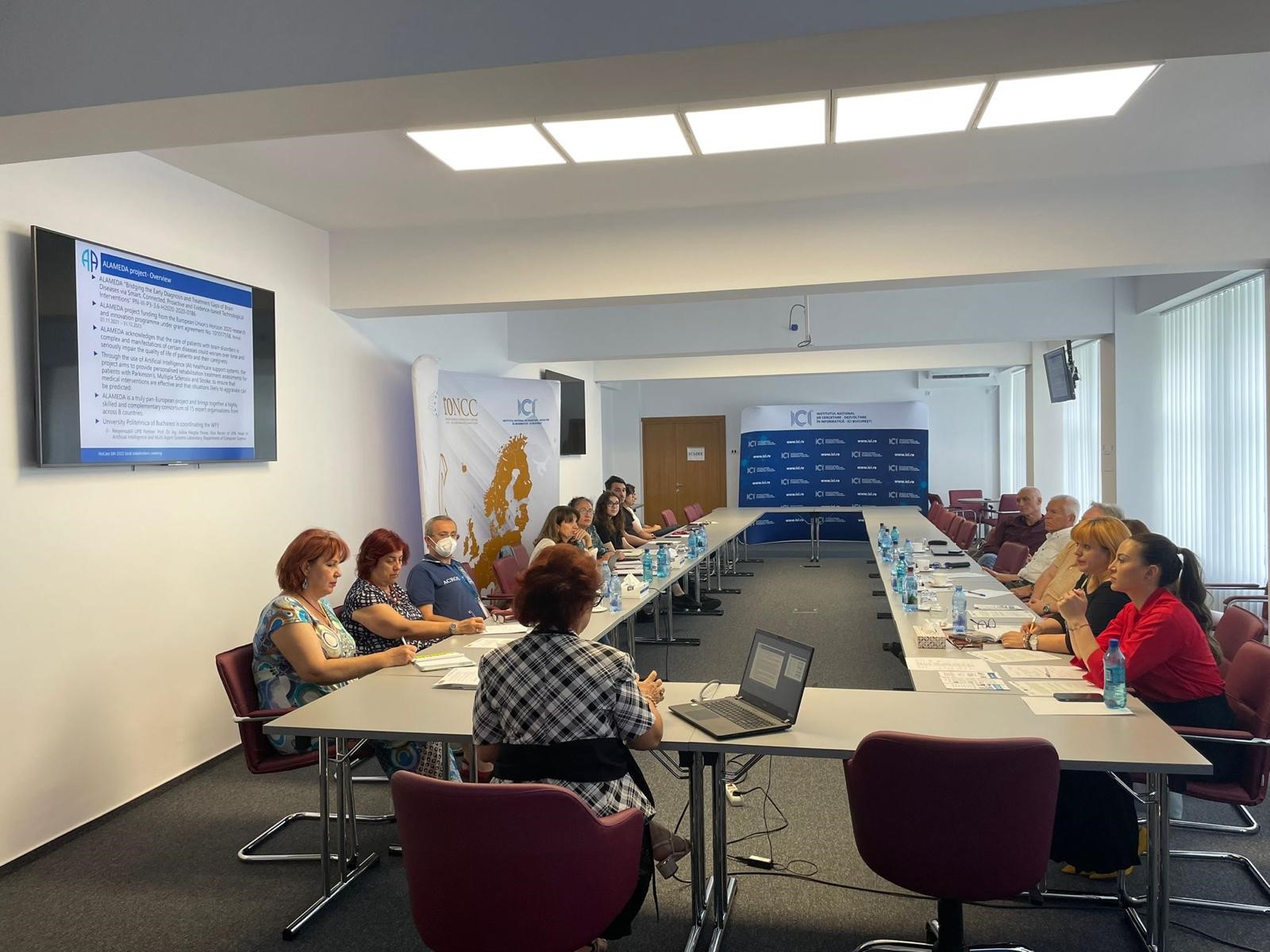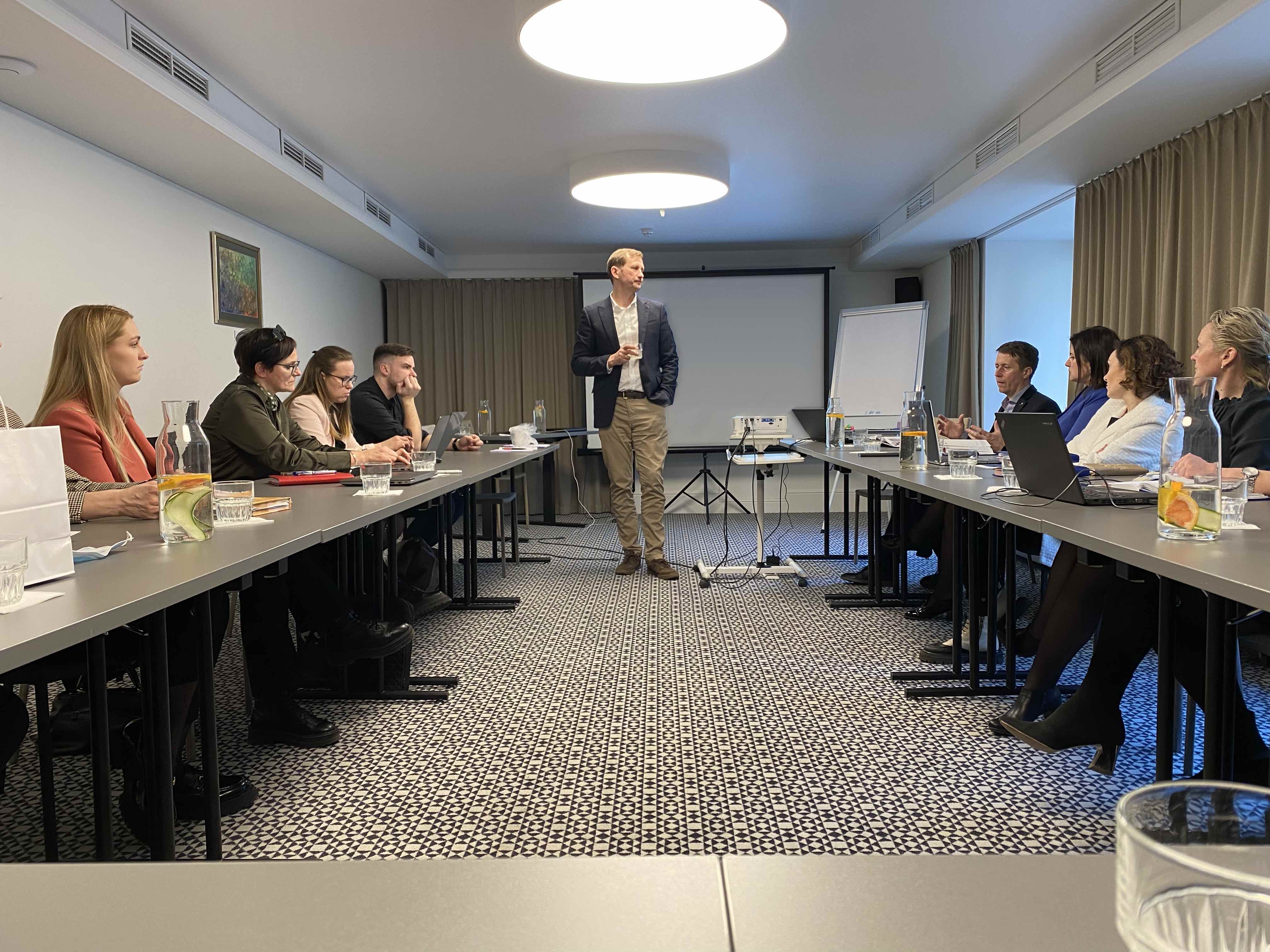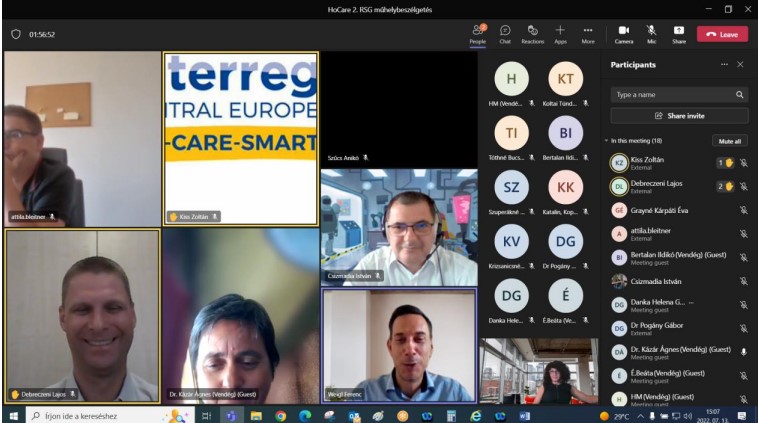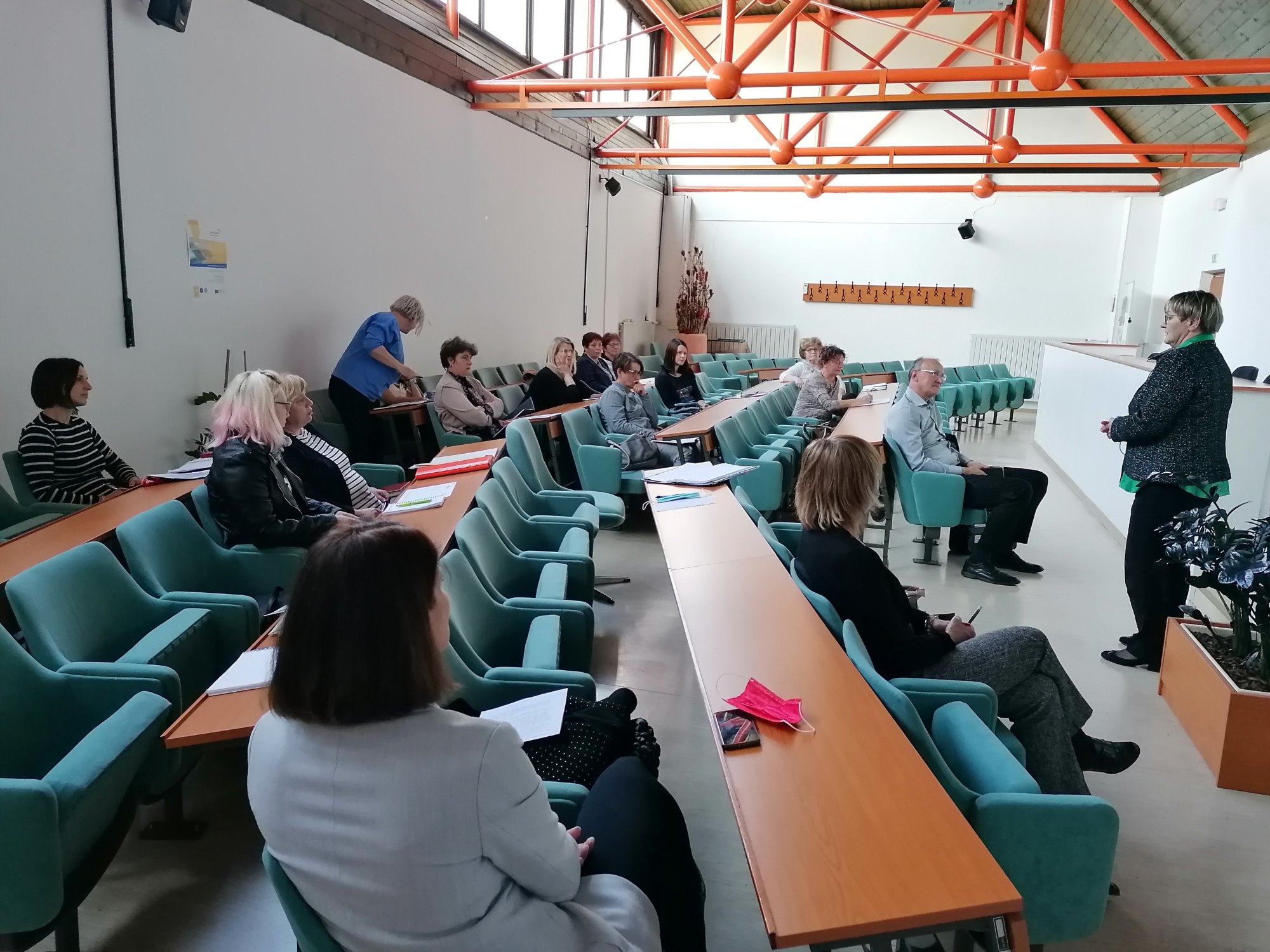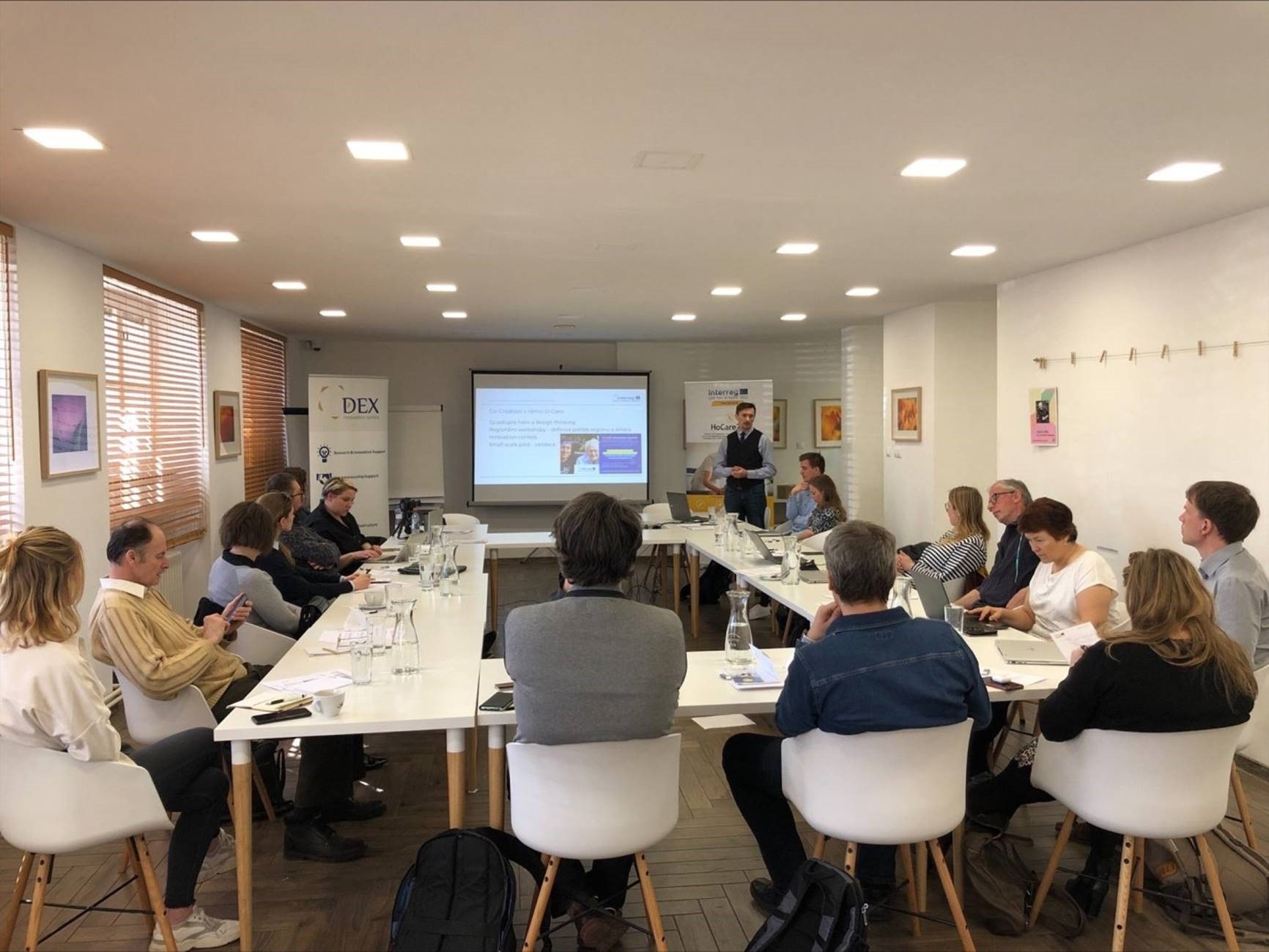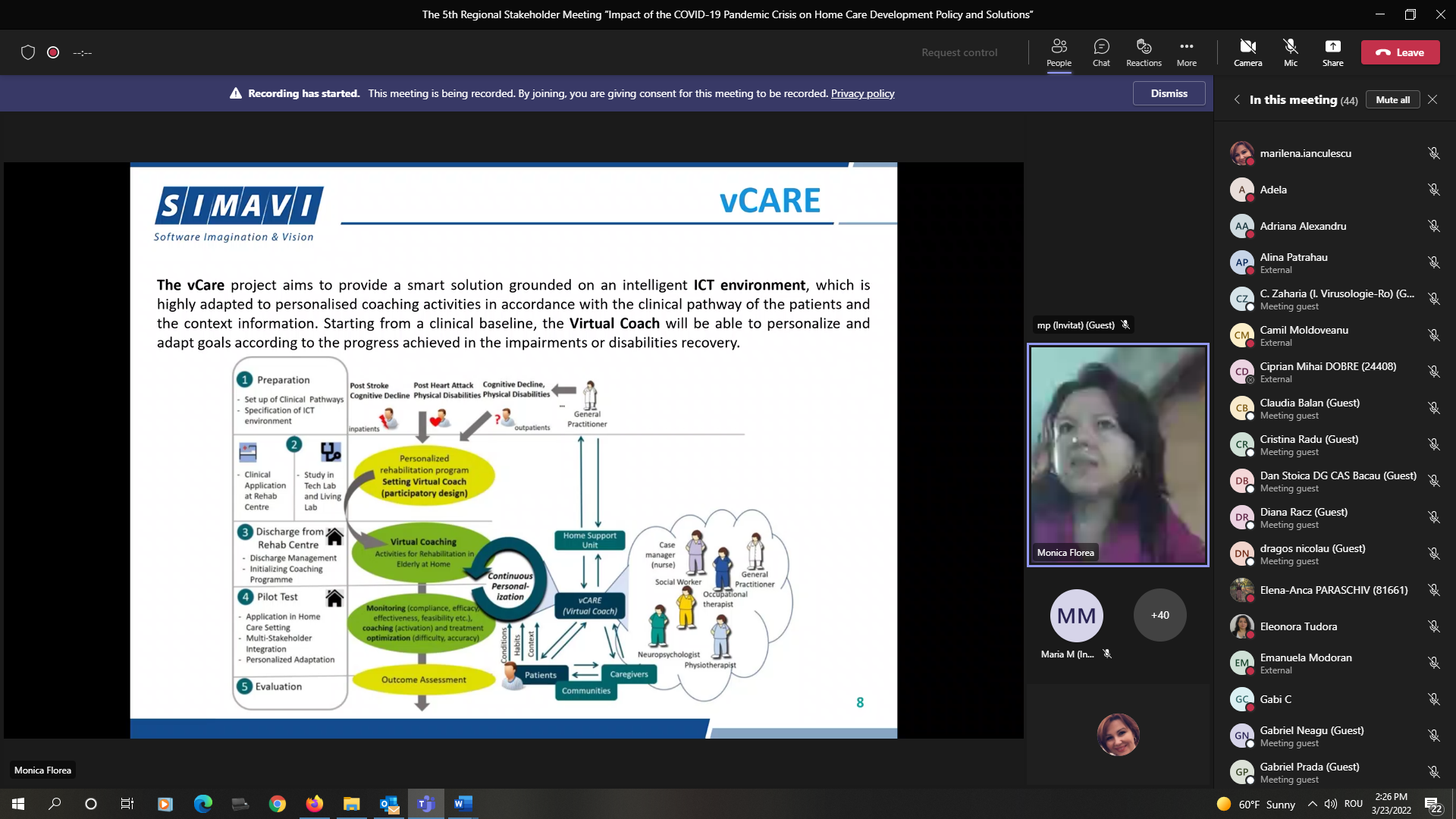István Csizmadia from National Healthcare Service Center presented HoCare project on 18th May 2017 at the 15th National Info communication Conference for Healthcare in Budapest, Hungary. He informed participants of the event about interlinks among “Lifestyle, age, innovation – Innovating service and technology, and fostering cooperation” in the light of the aims and activities of the Interreg Europe projects “HELIUM” and “HoCare”. He emphasized that innovation is one of the most important drivers of healthcare sector, therefore it has major economic significance. According to the EU statistics it represents 10% of the EU’s GDP and 8% of all jobs in the EU.

He also empasised that innovation in health should be understood as a public health strategy which is not limited to technological advances in terms of products and services. Identification and ranking the needs of key stakeholders in health ecosystem enable (or at least help) to foster innovation in the field of health to increase the potential to improve public health outcomes, enhance the quality of care to patients and respond to unmet needs, and also to foster the competitiveness of stakeholders and to improve the cost-efficiency and sustainability of health services and medical care. One should take into account the specific needs of patients, informal and formal health service providers, payers, vendors and clients in the distribution chain, varying authorities, researchers, industrial innovators and manufacturers, development funds and grating systems (e.g. operational programmes in ESIF). Innovation can be more effective, efficient and sustainable if the most important needs of key stakeholders could be met by their cooperation, and this is the innovation which is worth to be fostered and subsidized. Proposals relevant to all these topics have been prepared by Interreg Europe projects ”HoCare” and ”HELIUM” building on interregional good practices.
IME, The Interdisciplinary Hungarian Health Care – is the journal of executive medical professionals, and is published by Larix Kiadó Kft. (publishing house). In 2017 IME is celebrating the 15th anniversary of it’s establishment. Each year, since 2003, IME organizes the annual conference of the info communication society, which has become one of the biggest nationwide event for the profession.

This years’ conference aimed to give an overview of the latest trends in innovation development, E-Health, R+D+I and to provide information on new possibilities of monitoring at patients’ homes by using mobile technologies and internet usage, as well as utilisation of EU projects’ outcomes and results. The conference managed to present and discuss challenges of the industry (e-Health, m-Health and TeleHealth), with the IT and health professionals to outline future perspectives of developments.
In Hungary the new national infrastructure for a complex eHealth system, the “Electronic Health Cooperation Service Space (EESZT)” is currently being tested in a limited institutional circle. EESZT is a system, which electronically can store information about the patients (health status, treatments etc.), provides access for doctors, pharmacists, therapists, nurses etc. working in different institutions to use the same data. EESZT is going to integrate the existing systems. Digitizing healthcare by applying EESZT and with the new generation of Hospital IT Systems and primary care systems would offer maximum exploitation of all the opportunities. One of the most important central components of EESZT is the e-prescription system. Documents related to all the treatments a patient has ever received would be added to the system, building up a complete patient case history. (E.g.: Electronic Health Record (EHR). Electronic recipes. Electronic requests for further examinations. Digital forwarding of images. Tele-consultations. New generation of Hospital IT Systems. Big Data in public health.)
As a novelty of the conference, participants could test and get acquainted with the EESZT system in a virtual hospital/ clinic environment, as well as some of the accredited IT solutions which are already assured that they meet the strong safety/security requirements for integration. In this aspect one dare say the event was not only an excellent opportunity for a stop at the dissemination roadshow of the System, but actually was a “one-day-pilot to experience what a living lab for open innovation could be” .

